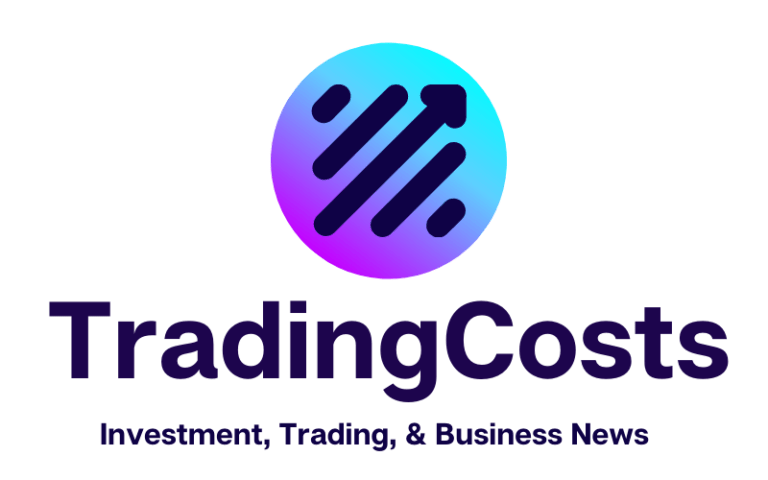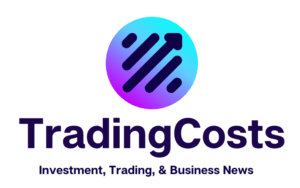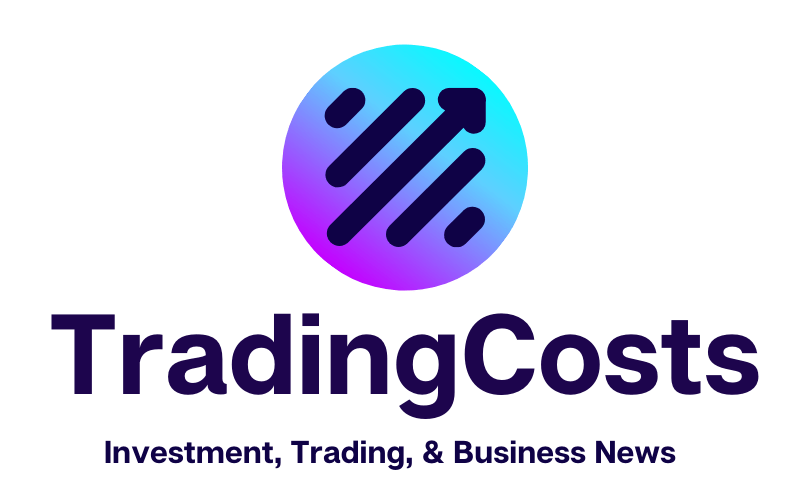
How Relationship Map Software Can Aid Business Development
In the competitive world of business development, establishing and nurturing customer relationships is paramount. Relationship map software has emerged as a critical tool for businesses looking to gain a comprehensive understanding of their network and leverage personal connections. By visualizing the web of interactions between clients and team members, companies can uncover opportunities and strategize more effectively. Keep reading to explore how such software can transform your business development efforts and drive growth.
Understanding Relationship Map Software and Its Role in Business Development

Relationship map software helps businesses clearly visualize how their teams are connected to clients and key stakeholders. By tracking interactions and communication flows, it highlights influential contacts and decision-makers, making it easier to tailor engagement and speed up the sales process.
Beyond mapping existing connections, relationship map software also predicts future trends and client needs. It promotes collaboration by revealing touchpoints across teams, encouraging a more unified and strategic approach to relationship-building and business growth.
Enhancing Client Engagement with Relationship Mapping Tools
Client engagement thrives when supported by relationship mapping tools that personalize interactions using insights from relationship graphs. These tools help tailor communication to past exchanges and client preferences, boosting satisfaction and loyalty. They also create a collaborative platform for sales and marketing teams, ensuring consistent messaging and timely identification of upselling opportunities.
By revealing a client’s internal network, relationship mapping fosters deeper, more informed conversations that build trust. These maps preserve the history of interactions, allowing seamless transitions when team members change, so clients continue to receive consistent, high-quality service without disruption.
Streamlining Sales Processes and Forecasting Through Relationship Insights
Relationship mapping simplifies complex sales processes by clarifying decision-making structures within client organizations. It identifies key influencers, helping sales teams engage the right contacts and shorten sales cycles. Predictive features in relationship map software allow teams to anticipate client needs based on business cycles, enabling timely outreach and solution proposals.
Analyzing relationship data also improves deal forecasting by assessing interaction history and relationship strength, aiding in strategic planning and resource use. These insights support adaptive sales strategies, allowing companies to adjust based on client feedback and evolving relationships. This ongoing refinement leads to more effective engagement and a better alignment with client expectations.
Integrating Relationship Map Software with Existing CRM Systems

Integrating relationship map software with Customer Relationship Management (CRM) systems enhances both tools by merging detailed customer records with network insights. Modern CRMs often support such integration, enabling a unified platform that tracks direct interactions while visualizing key relationship dynamics.
This combined approach provides a fuller picture of the customer journey, supporting more strategic engagement. It also improves workflow efficiency and reduces data silos across departments like sales, marketing, and support. The integration promotes cleaner, more accurate client data, as both systems work together to identify and correct inconsistencies, keeping customer information current and actionable across all touchpoints.
Measuring the Success of Relationship Mapping in Business Growth Strategies
Measuring the success of relationship mapping involves tracking both quantitative and qualitative indicators. Key metrics include increased sales from key accounts, improved client retention, and successful upselling or cross-selling efforts, all pointing to more strategic relationship management. Enhanced sales efficiency—such as shorter cycles and higher conversion rates—also signals effective use of relationship insights.
Accurate sales forecasting further reflects its strategic value. Qualitative feedback from clients and employees, through satisfaction surveys and engagement scores, highlights improvements in collaboration and relationship quality. Rising referral and networking rates suggest that businesses are not only strengthening existing ties but also expanding their reach through new, valuable connections.
Overall, embracing relationship map software can have a transformative effect on how companies approach business development. By offering deep insights into the network of relationships that drive sales and opportunities, this tool enables organizations to act with precision and foresight. In doing so, companies can enhance client engagement, streamline sales processes, and measure their growth strategies’ success, ultimately fostering lasting business relationships that propel them forward in their respective markets.











